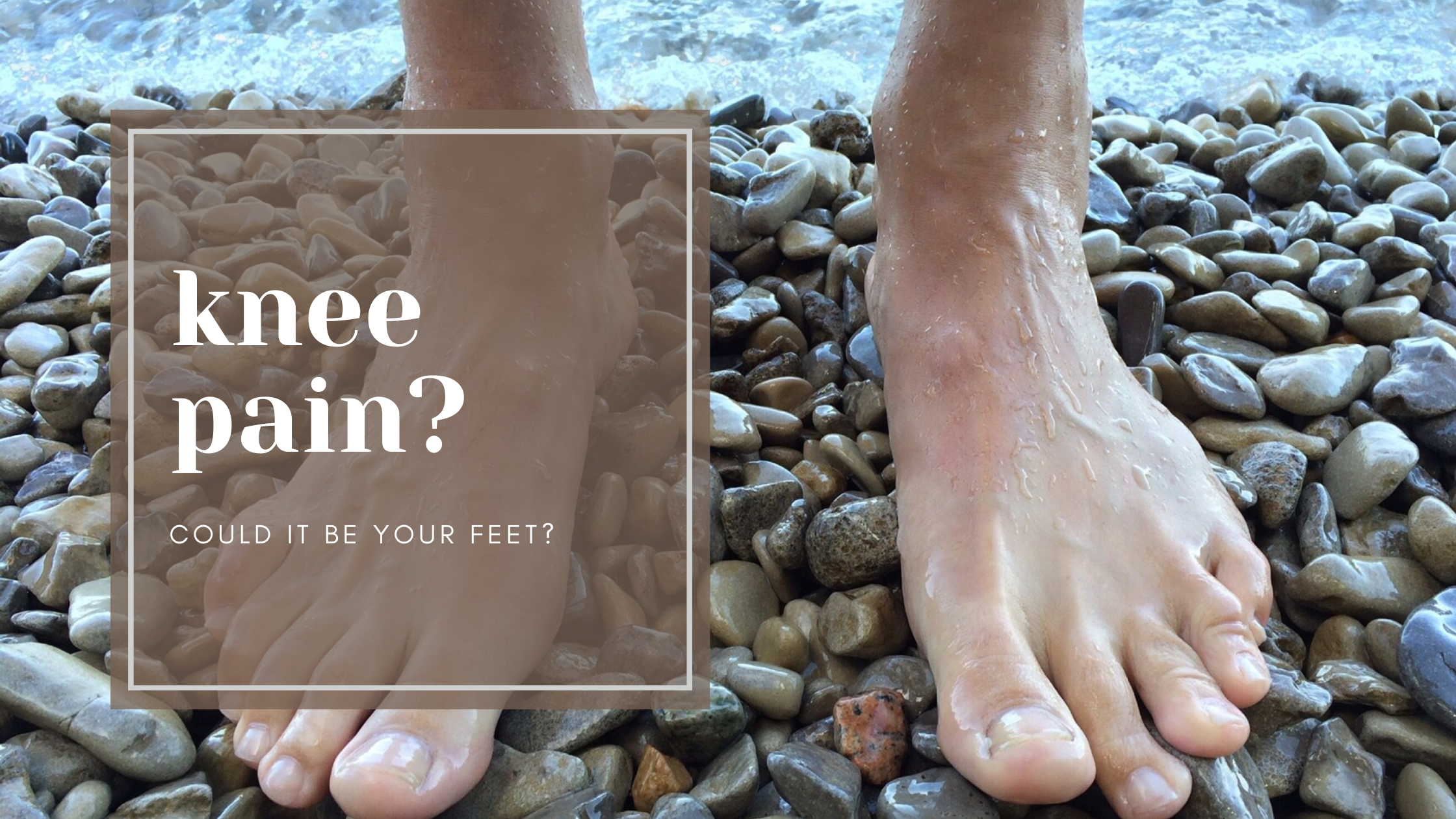Do you want more core strength? Do you wish you were more connected to your core? Are you searching ‘Pilates classes Ballina’ so you can develop core strength? It might be to reduce back pain, or to stop leaking urine when you cough, sneeze, laugh, jump or run. You may have a displaced organ (or prolapse) and you know you need to work ‘down there’ but you don’t know where to start. Or you may be post-natal and wanting to re-strengthen after carrying and birthing a baby. Pelvic prosperity is for women in all of these scenarios. It is the wealth (in spirit and quality of life) that comes from understanding your pelvic floor enough to really look after it.
So first off, your pelvic floor is not a floor. It is not supposed to have the stability of a floor, your pelvic floor is a diaphragm and it mirrors the diaphragm under your ribs. Your pelvic diaphragm is a group of muscles important in women for internal control of the urethra, vagina and rectum and also important for the enjoyment of sex. The pelvic diaphragm muscles are also important for mens health, however the focus of this article is women.
In the exercise world there is a lot of misinformation and confusion about ‘pelvic floor’ strength, the risks of training incorrectly and how best to care for pelvic muscles over the different life stages of life women go through. Most information on pelvic floor health advises ‘strengthening the pelvic floor’ by doing a kegel type exercise – a squeeze and lift of the pelvic floor muscles. This has its place when prescribed to a specific body for specific purpose but this has been taken into the training and exercise world and the side effects for women are not good. The misconception is to learn to brace or grip the pelvic diaphragm at the same time as the deep abdominals to build ‘core strength’. There are a few reasons why this is not a good idea
- When we squeeze our pelvic floor Kegel style we are making the muscles stronger, shorter and tighter. Great right? No! What many people don’t realise is that pelvic floor dysfunction often occurs when the pelvic floor is too toned, too strong and too short. In this state the pelvic diaphragm cannot respond to the pressure in the abdomen and so the organs are left unsupported.
- When the pelvic diaphragm is trained to be strong and short and tight this leads to further bracing of the deep abdominals, the pelvic diaphragm is so tight it is unable to release with the breath so the the deepest abdominals are not able to engage properly. Training is then only focused on the more superficial muscles and the deep abdominals get left behind.
This leaves women with hypertonic pelvic diaphragm and weak deep abdominals susceptible to back pain and other ailments. They may also have a fine 6 pack or a flat tummy.
A responsive pelvic diaphragm is one that can react and engage when the need arises. Bending down to pick up a child or the shopping; When pressure builds in the torso from a big sneeze; To control a full bladder. Just tightening our pelvic muscles into one contraction does not get us to a responsive pelvic diaphragm.
Release
Release is a word that we don’t hear often associated with the pelvic diaphragm. However the release is what happens after the pelvic diaphragm lifts to support the organs. It responds to the diaphragm under the ribs and moves in tandem with it. If your pelvic muscles are so tight you are not able to release them you may need some treatment from a pelvic floor physiotherapist.
Massaging the muscles around your SITS bones and working with your breath can support the process of releasing the pelvic floor.
Two other important aspects for healing of the pelvic diaphragm are:
- Alignment of the pelvis: Our pelvic diaphragm muscles attach to our pelvis. The positioning of our pelvis affects the tone and length of our pelvic muscles. If the pelvis is tucked under all the time the muscles at the front of the pelvic area will be short and tight and will restrict responsiveness of the whole pelvic diaphragm.
- Getting the load just right: To load a pelvic diaphragm where the muscles are shortened and tight is very difficult, the abdominals just take over and there is no benefit for pelvic control. Once the pelvic diaphragm is released enough to begin to engage learning to feel the right load is the next step. This is done through trial and error with full attention to alignment.
And this is the way we heal the pelvic diaphragm and create pelvic prosperity for ourselves.
If you would like to try some of these techniques out for yourself, I am running a movement webinar “Pelvic Prosperity” Wednesday 16th September at 8pm via zoom $39. The webinar will cover basic techniques to care for your pelvic diaphragm during exercise and day to day movement. You will also get to keep the recording for your future reference. Sign up here. Be quick and use the code movetonurture to get $10 off the price.
I am Brigid Pearse a certified Pilates instructor and ex-dancer and a mum. I have had several abdominal surgeries for infertility and recovered from birth. I run a fully equipped Pilates studio from my home in Lennox Head and I run community Pilates mat classes in Byron Bay, Ballina and online.






0 Comments